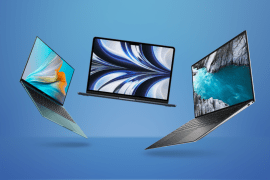CES 2016: all the news from the world’s biggest tech show
Here’s what’ll be making the headlines from the Las Vegas show floor this year

It’s the beginning of the year which, in the world of tech, means two things: it’s time to shake off the festive season’s turkey-induced coma; and it’s time for CES.
The Consumer Electronics Show is the world’s premier technology expo, filling several cavernous halls at the Las Vegas Convention Center with all that’s new in the worlds of home cinema, photography, computing, hi-fi, smartphones, cars and more.
Stuff is, naturally, in attendance, and will be bringing you details of every major product (and doubtless some minor ones) announced this week. We’ll be keeping this hub page updated with biggest, best and brightest tech announcements, so it’ll be a handy one-stop shop for all things CES 2016.
The categories
Smartphones and tablets
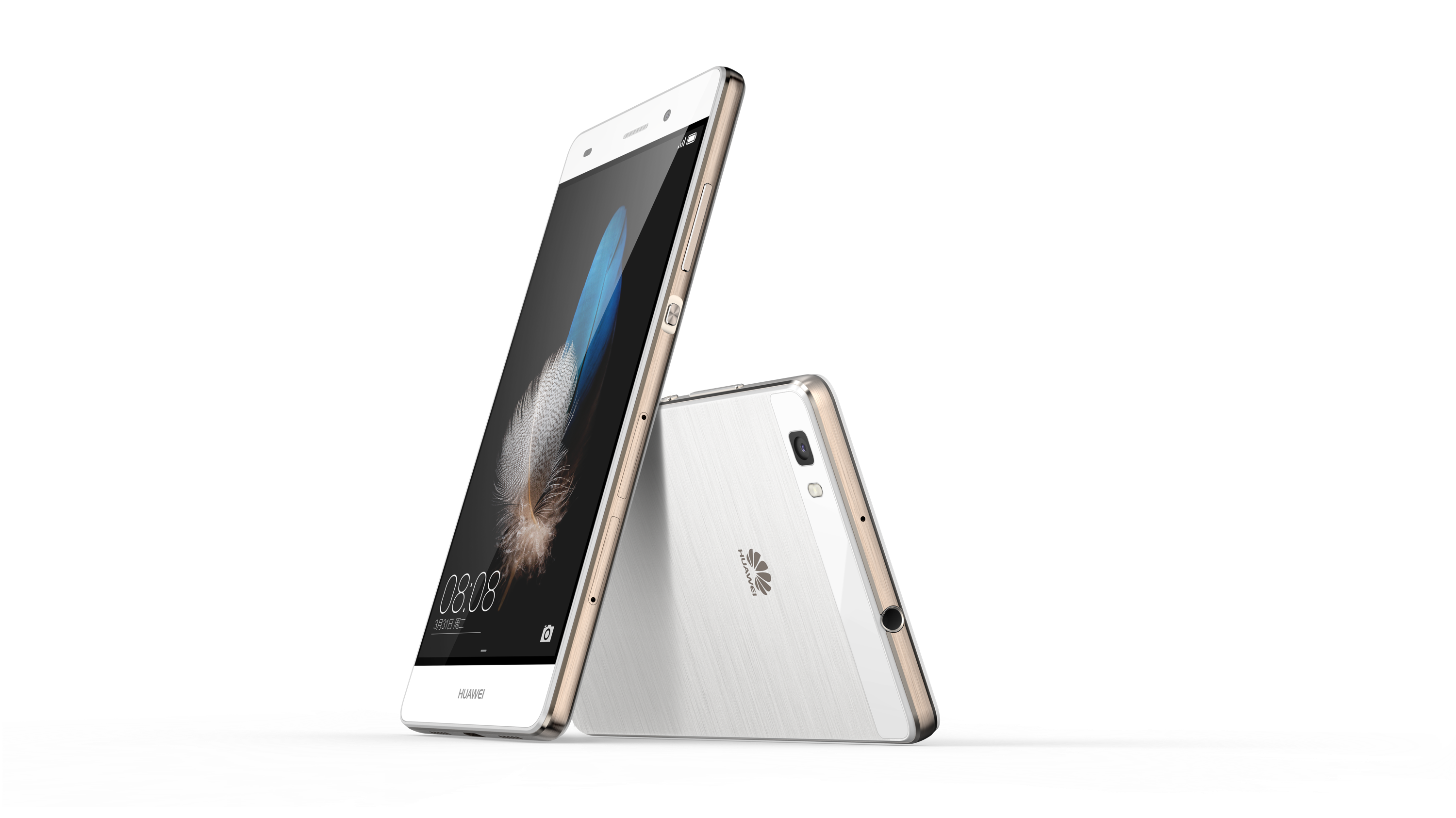
While mobile isn’t generally a chief focus of CES – Mobile World Congress a few weeks later is a bigger deal for this segment of the market – there are usually a few new products debuted here.
You probably shouldn’t expect any major flagship device announcements, but there might be some interesting mid-range products. Sony, Samsung, LG, Huawei, Lenovo and ZTE all have press conferences during the show, so there’s plenty of potential for some new devices to break cover.
Acer has already announced its Continuum-toting Liquid Jade Primo, a 5.5in AMOLED smartphone set to square-off against Microsoft’s own Windows-to-go mobiles. Cutting-edge the styling isn’t, but Snapdragon 808 smarts and 3GB of RAM, with a 21MP snapper to boot, mean the Primo is anything but banal.
Trustworthy Twitter leaker @evleaks was on the money about Samsung will launching a 12in Galaxy TabPro 2-in-1 Windows tablet at CES; the Galaxy TabPro S runs Windows 10, comes with a keyboard cover and AMOLED screen. No bundled stylus though, so the Microsoft Surface still has the edge there.
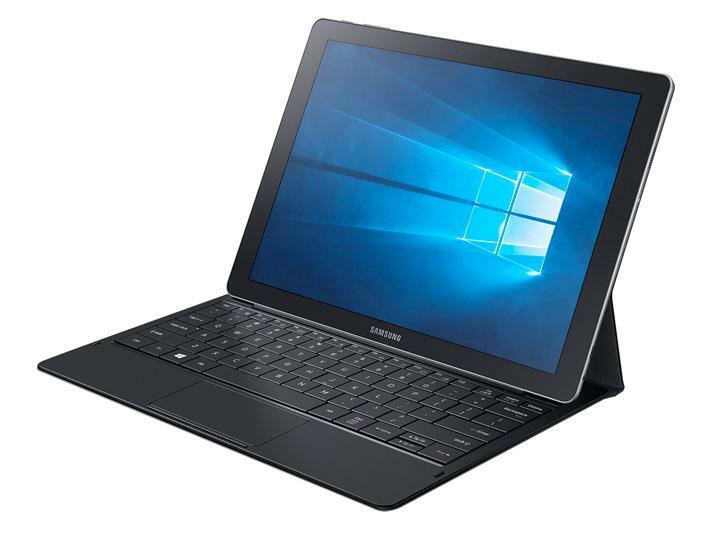
Despite possessing a positively packed tablet lineup already, Samsung revealed it is releasing yet another slab o’ glass to take the fight to the Surface 4 and iPad Pro. The Tab Pro S is a Windows hybrid that slides in at a minuscule 6.3mm-slim and 693g light, whilst still managing to cram a 2.2Ghz Intel Core M chip and 4GB of RAM under its 12in display and keyboard companion.
Huawei revealed that the Mate 8 will be launching in the US, along with a gold version of the Nexus 6P. It also revealed a mid-range stylus-toting tablet, the MediaPad M2 10, which sports an all-metal build.
Meanwhile, Qualcomm CEO Steve Mollenkopf will be making a keynote speech, and the company is holding a press conference at 8pm UK time on Tuesday 5 January. As the leading maker of mobile processors, the conference will likely focus on phones and tablets, but don’t discount it touching on other areas too – wearable tech and automotive, if we had to guess.
BlackBerry (yes, really) has a media briefing scheduled for 6 January at 7pm UK time. There could be new phones or tablets on show, we suppose, but it seems more likely that the Canadian company will focus on other areas, perhaps security and the Internet of Things. Still, there may be a surprise or two in store.
Finally, away from CES, Microsoft has finally confirmed when the UK will be able to get its mitts on a rather gorgeous Surface Book hybrid laptop.
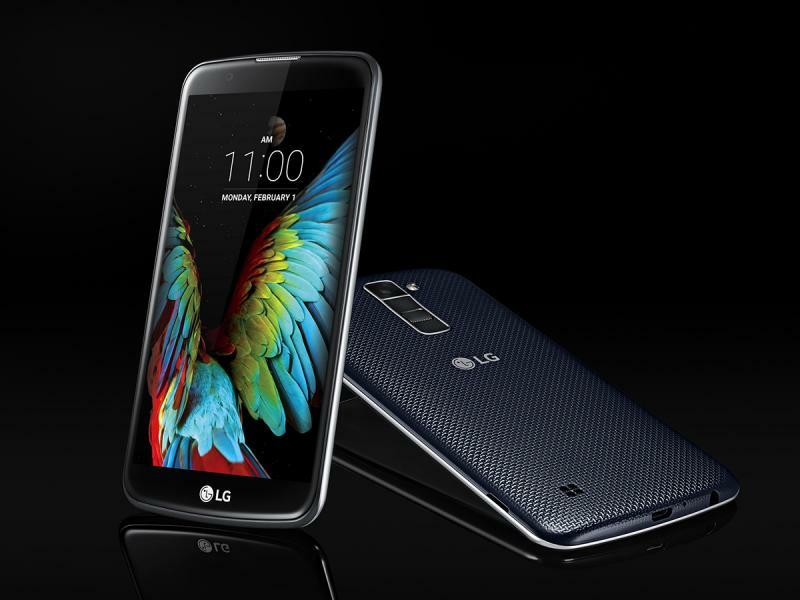
Brilliant news for budget phone fans: LG has revealed not one, but two new bargain smartphones, set to take on the mighty Moto G. The 5.3in K10 is a 4G-enabled HD handset that packs an octa-core CPU, 2GB RAM and a 13MP rear-snapper into its penny-pinching shell, whilst the cheaper K7 makes do with a quad-core chip.
The categories
Wearable tech
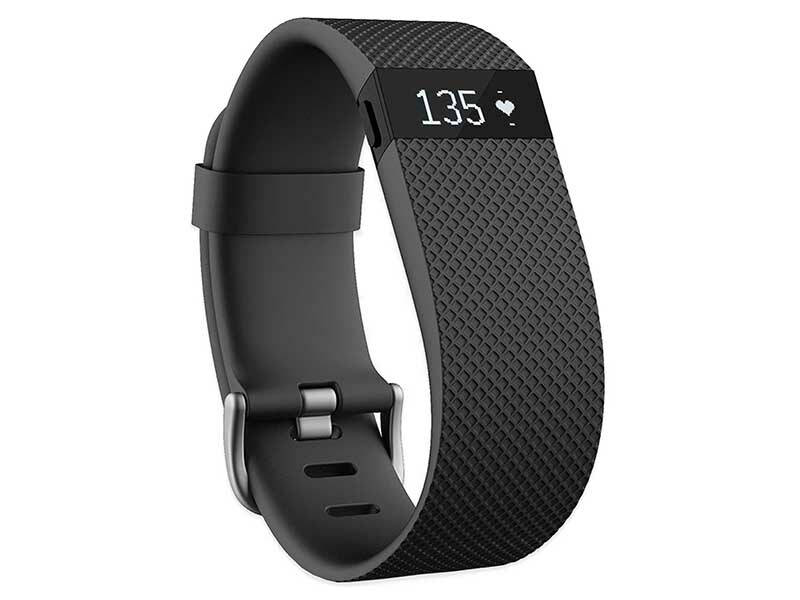
Wearable tech has swiftly expanded into one of the gadget world’s key areas (ironic, considering so much wearable tech is about making its wearer do the opposite of expanding), so you can expect plenty of new gear to launch at CES 2016.
Putting its best foot forward, Misfit has paced in ahead of the power pedometer pack with the announcement of its fashion-first fitness tracker, the Ray. Packing a 3-axis accelerometer, notification alerts and a battery good for 6 months of motion motivation, its 12mm-slim diameter fights fashion faux pas with its interchangeable ingenuity. What’s more, Misfit’s nifty Link app means the Ray can talk to nearby electronic kit – from controlling the tunes to snapping selfies.
Known for fitness-tracking tech of all shapes and sizes, Misfit has also turned its hand to in-ear…hearables. Step-counting and sleep-sensing, the Specter neckband comes with a collar-clip battery pack with built-in accelerometer. It’ll even play nicely with Philips Hue lights for some shirt-straightening lights-down action.
Far be it for Fitbit to be left lagging, the sweat-encouraging tech corp has pulled the covers off the Blaze, a new wrist-strap wearable that’s almost-but-not-quite a smartwatch. As we’d expect from the makers of the Charge HR, Fitbit’s Blaze will track sleep, steps and calories, as well as auto-detecting exercise (making use of a built-in optical heart rate sensor). Whilst it offers notification alerts and music controls, too, there’s no third-party app support – which means no wrist-based gaming.
Having ditched the Grip, HTC has opted for a tie-in with Under Armor to deliver the UA band – a flexible, single-button activity tracker that pushes data to UA Record, which, in turn, will take calorie data from MyFitnessPal and record your runs from MapMyRun. Heart-rate sensing makes a welcome appearance, as do notification alerts – though water resistance (rather than waterproofing) means it’s not the wearable for water babies. Bundled with UA Connected Scales and a chest-strap heart-rate sensor, it’ll be available in the UK in the Summer.
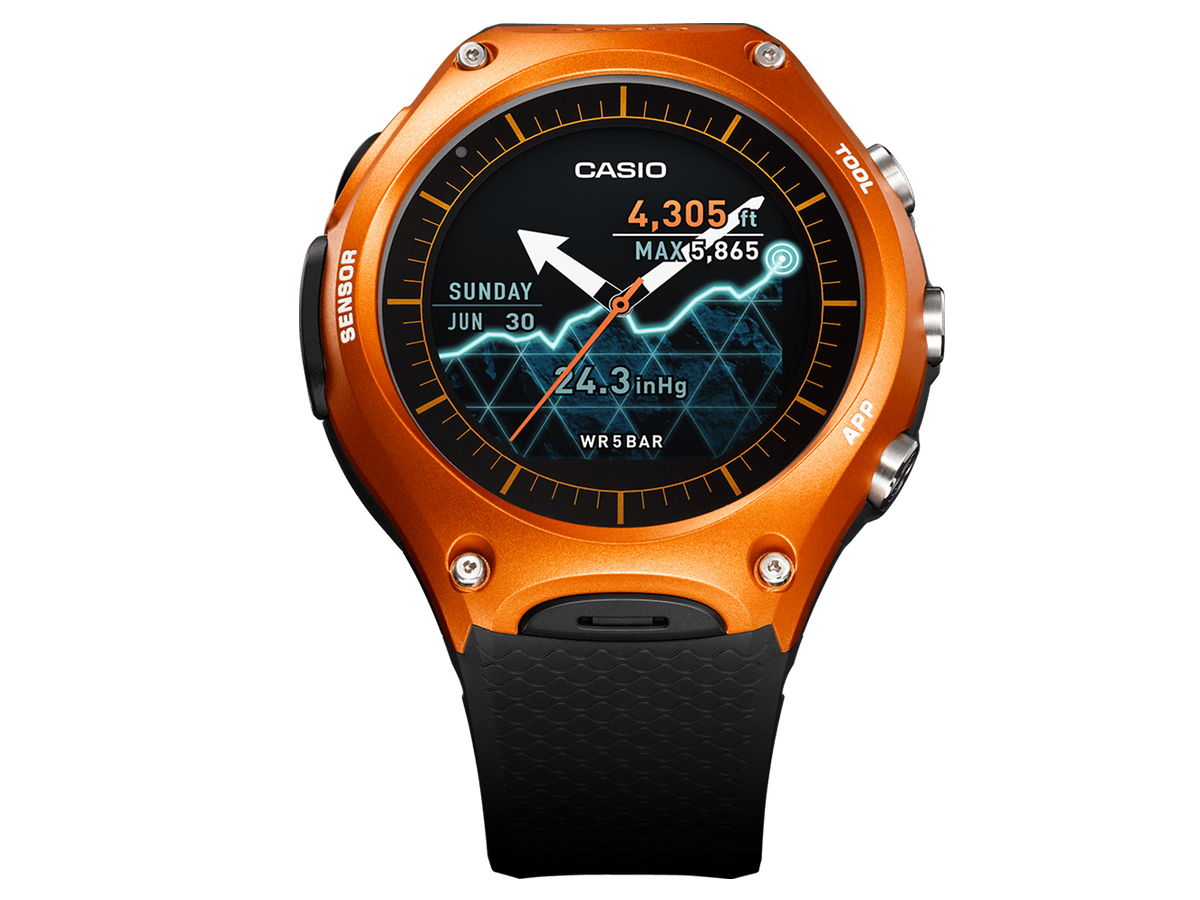
Casio has announced its entry into the smartwatch furore, with an Apple-aping ticker designed for the outdoors. Kitted out with an accelerometer, compass, barometer and thermometer, it’s waterproof to 50m and has slip-proof buttons perfect for mittened fingers. Its frontage includes a dual-layer display which can switch between stacked monochrome and colour LCD touchscreen, whilst the watch itself is adorned with Casio apps that will track data across a range of activities.
Huawei has revealed two new smartwatches aimed primarily at female gadgeteers. The Jewel and Elegant feature identical specs to the existing Huawei Watch, but differ in their design. Both are plated in gold, and the Jewel’s watch face is surrounded by Swarovski crystals for a little bit of extra glamour.
We also wouldn’t be surprised if Sony stepped in with new watches and fitness trackers, while Intel and Qualcomm‘s events may give us some insight into the future of the tech that powers these small devices.
Samsung looks set to debut some of the weirder stuff: the WELT, a smart belt that tracks your waist size; and a wrist strap that, through bone conduction tech, enables the user to listen to a connected device’s audio simply by touching their finger to their ear.
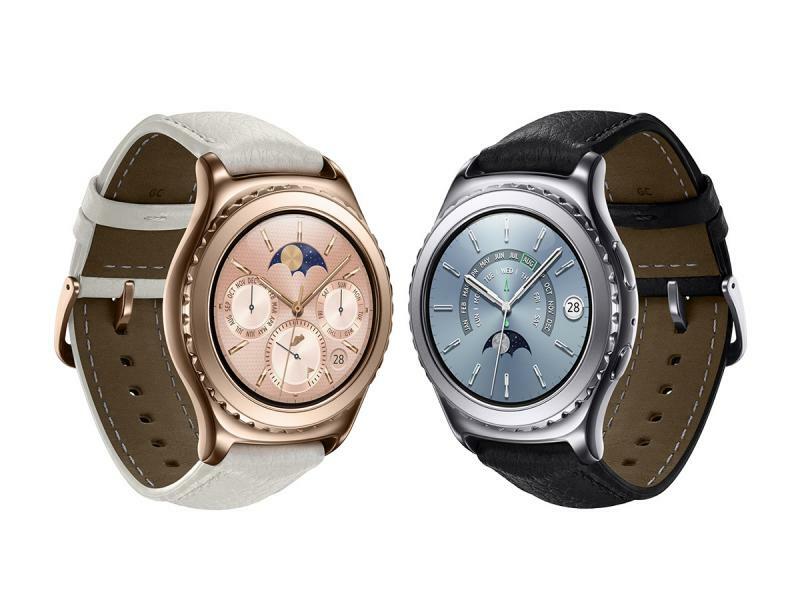
First-up, though, Samsung has revealed a penchant for premium wristwear with the unveiling of platinum and 18K rose gold Gear S2 classic editions – though both re-skinned tickers remain identical to the standard S2 on the inside.
Cyclists will be happy to hear about Kopin’s Solos AR glasses, which were designed in a wind tunnel to cut down on air resistance. They beam data from your smartphone or wearable onto a heads-up display in real time, turning a 4mm projection into a 5in display that puts heart rate, speed, pace and cadence info at a glance. No more taking your hands off the drop bars to check your phone.
As if one pair of connected specs wasn’t enough, Garmin has revealed its Varia Vision, a glasses attachment that connects with compatible Edge equipment to put in-ride info in front of your face. With vibration alerts for performance, direction and notification data, it’ll even pair with Varia rearview radar to give you a buzz as four-wheeled friends (or foes) approach from behind.
Not ignoring the wrist-wrapping market, Garmin has also unveiled an update to its Fenix3 multisport watch range. Adding its ‘Elevate’ optical heart rate tech to the aptly-titled Fenix3 HR, it’ll now continuously gather data and track activity intensity – and it’ll look good doing it, with titanium bezel and leather strap options.
Known until now for its sporting apparel, New Balance has announced the creation of a new Digital Sport division – the first product of which will be an Android Wear smartwatch, complete with GPS route-tracking for truly wire-free running.
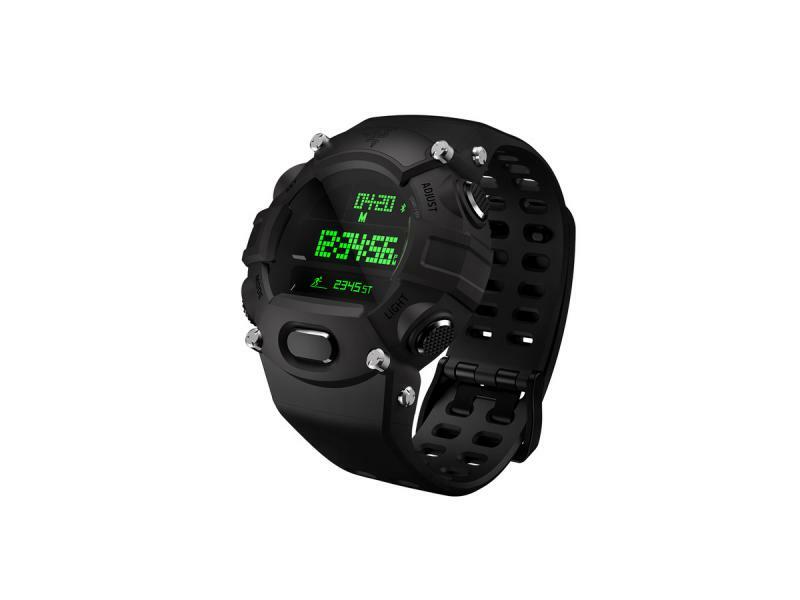
Razer has announced its Nabu not-a-smartwatch watch. More akin to Casio’s classic G-Watch than a sliver of connected wrist wear, its four-button, metal-on-rubber get-up packs a pair of single-colour screens (one LCD, one OLED) for time-telling, fitness-tracking fun. It plays nicely with Android and iOS devices, too, via Bluetooth, and can count steps and calories whilst buzzing for alerts. It’ll set you back £160 and is available for pre-order now.
Unerring motion-motivator Withings has unveiled an e-ink fitness tracker that’ll last a full 8 months on a single charge. Simple-shelled in single-colour silicon, the one-button fitness buddy will clip onto clothes and track happily in the background, sipping from the cell only when it syncs. The best news? It’ll set you back just £50 in the UK.
Eschewing wrist-wrapping kit altogether, Hexoskin has unsheathed its second-gen Smart shirt, a next-to-skin fitness pal that packs sensors into its fabric for Bluetooth data delivery. With twice as much battery life as the original – up to 30hrs – the newest Smart has already shot past its US$50,000 goal on Indigogo.
Step aside calories: Mio has announced its Slice activity tracker, a fitness band with a difference. Ditching the standard unit of energy in favour of Personal Activity Intelligence (or PAI for short) scores, it’s based on a 20-year study of 60,000 people’s habits and is supposed to account for individual characteristics to deliver truly bespoke motion motivation.
Once again, Stuff will be keeping a very close eye on any interesting new wearable devices at CES as we compile our Wearable Tech Awards 2016 list. Our Top 10 from the show will be announced on Thursday.
The categories
Virtual reality
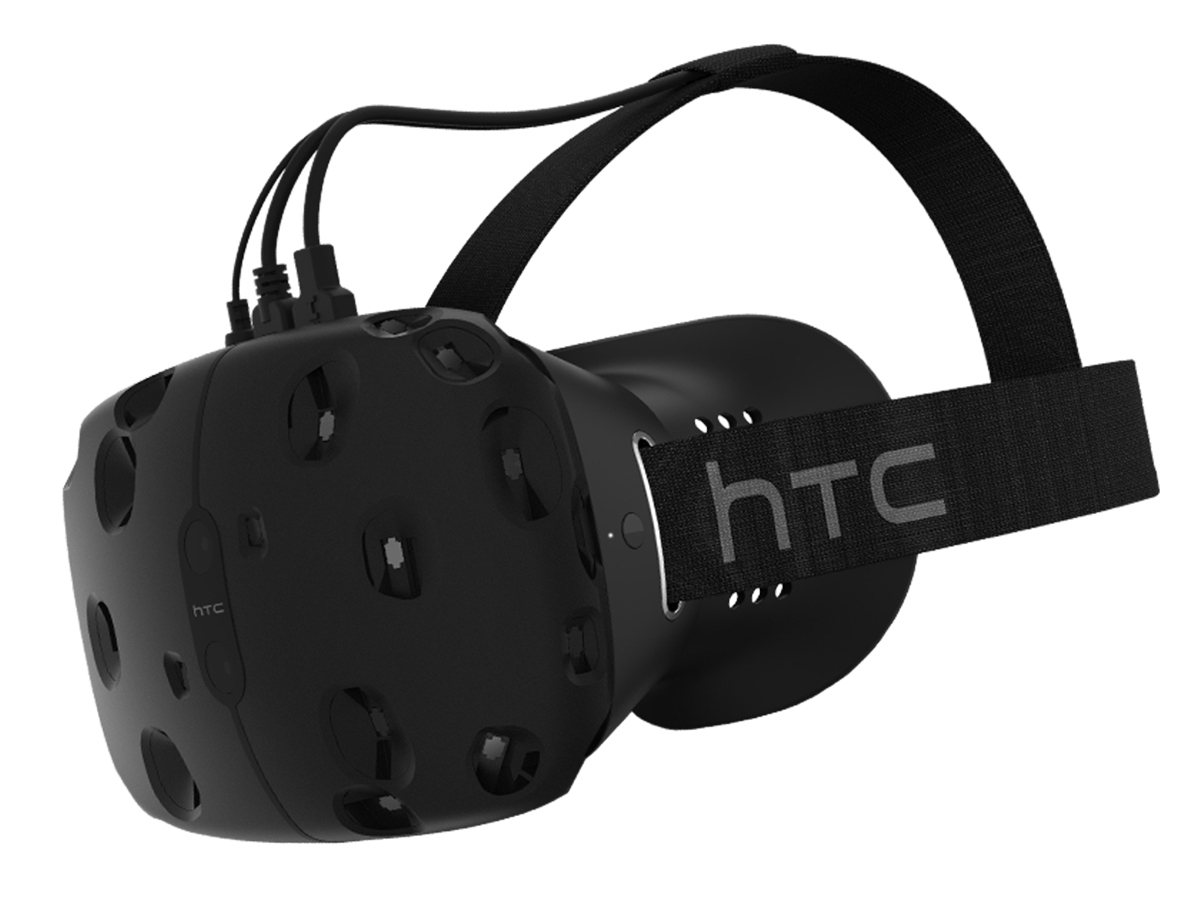
More than 40 exhibitors will be showing off VR wares at CES 2016, signalling that the technology is going to be one of the coming year’s biggest trends. Big guns such as Oculus, Sony and Samsung may take the opportunity to show off their VR headsets, but don’t be surprised if we unearth one or two smaller companies delivering something noteworthy in the field.
As expected, HTC has unveiled an updated version of its Vive headset – dubbed the Vive Pre. Redesigned with interchangeable foam inserts and nose gaskets, the new model should feel better on the face, whilst brighter panels and ‘image refinements’ should make for an even more immersive VR experience. Better still, addition of a front-facing camera means digital reality can replicate the real world environment for more refined obect avoidance. Want one? Only 7000 units will be put into production, and they won’t come cheap.
The categories
TV and home cinema
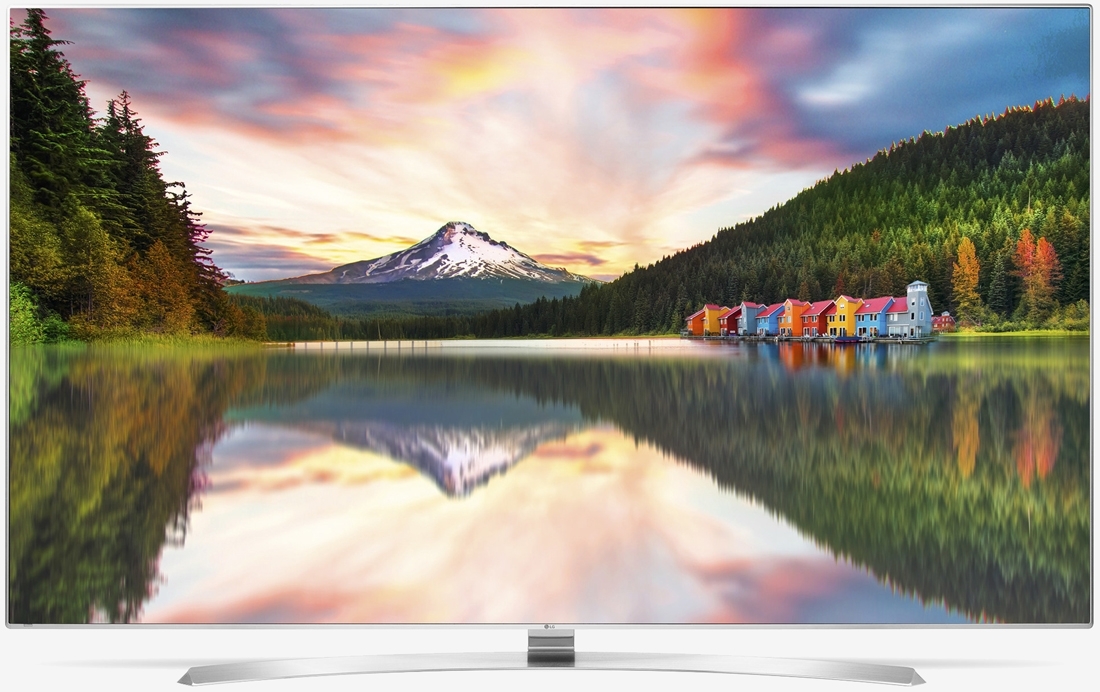
Once again, we expect 4K to be the main “theme” around CES 2016’s new television, projector and home cinema product announcements. Despite being available for a few years now, Ultra HD is yet to become a mainstream technology – but 2016 could be the year it makes the push.
That said, it seems LG has its eyes on a grander prize: pixel-pushing tech doesn’t get much sharper than its ‘production-ready’ 8K TV. The wall-dwarfing 98in UH9800 is the star of Samsung’s rebranded Super UHD lineup and looks set to share the same IPS LCD True Black tech as the rest of the range.
Still, an 8K agenda doesn’t mean 4K is dead. LG itself has unveiled its Signature OLED TV G6, part of its new family of premium products. A sharply-edged 77in panel of 4K, OLED goodness, it packs both HDR and Dolby Vision tech to serve up pin-sharp pixel perfection.
LG is also set to unveil a selection of non-Signature TVs at CES 2016, featuring the Korean manufacturer’s new webOS 3.0 smart TV operating system, as well as some nifty new home appliances.
We can also still expect to hear quite a bit about 4K Blu-ray. We already know that the first batch of 4K Blu-ray movies is going on sale in the coming weeks, so you can count on much more info about Ultra HD machines at the manufacturers’ press conferences, and also how the Blu-ray Disc Association plans to make its format the enthusiast’s preferred method of 4K delivery.
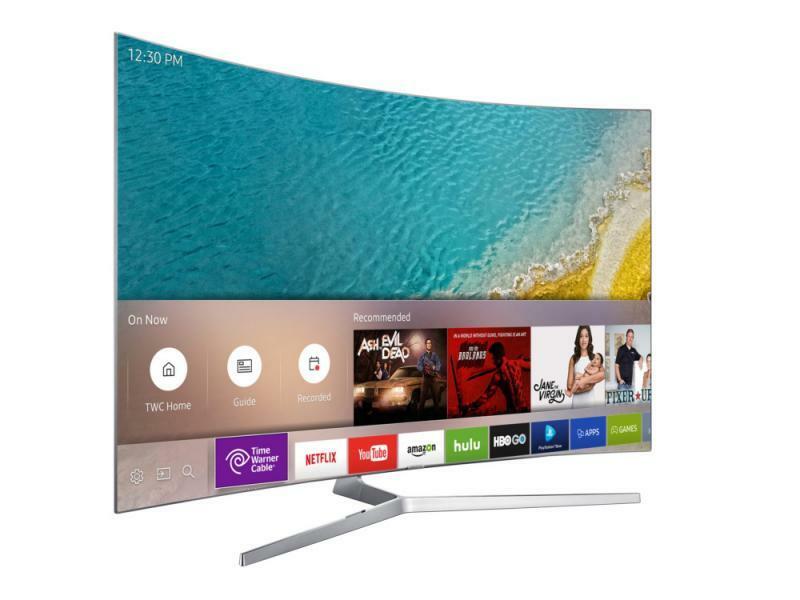
First to emerge from behind the curtain at Samsung is its new line-up of 4K TVs for 2016 – and, with it, the news that it’s holding off on OLED. Instead, it’s opted for Quantum Dot screen tech – essentially vibrant liquid crystals – across its entire SUHD range. What’s more, it’s slimmed the bezels on almost all of it’s already trim TVs, whilst the Tizen-powered Smart Hub has been updated to support PlayStation Now games.
And you needn’t fear a lack of content to feed its new phwoar-K whoppers: Samsung also announced its first 4K Blu-ray player, alongside the HW-K950, its first soundbar speaker to offer compatibility with high end Dolby Atmos sound.
Budget manufacturer Hisense already makes one of the cheapest 4K tellies on the market, and has some 22 new models planned for unveiling at CES 2016. Thrifty thrill-seekers take note.
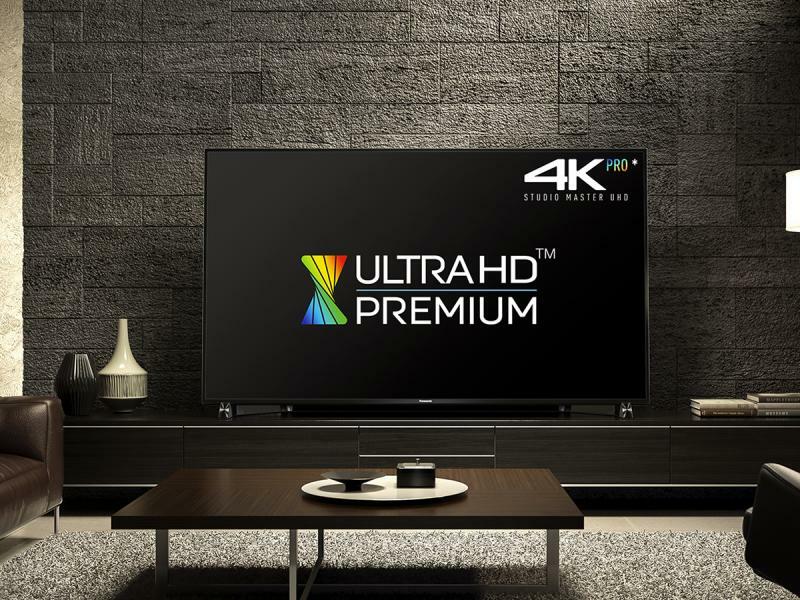
Whilst Ultra HD Premium might be in its infancy, Panasonic has already announced the first TV to have earned the brand spanking badge of honour. Its 65in DX900 offers the HDR playback, pixel-count and BT.2020 colour gamut necessary to meet the criteria set by the UHD Alliance, as well as THX certification, a super-slim shell and seriously powerful speakers.
What’s more, Panasonic has done the double by simultaneously revealing the DMP-UB900 Ultra HD Blu-ray box. It’ll play Full HD Blu-rays as well as UHD discs when they arrive later this year, with support for hi-res audio, too.
Sony isn’t slacking, either, with announcements covering its new range of 4K LCD panels, including the monolithic 75in XD94 range-topper. More intriguingly, Sony has put paid to Blu-ray box rumours in favour of a UHD streaming service rolling out to its 2016 Android TVs later this year.
And let’s not forget streaming. Both YouTube and Netflix have sent senior figures (Chief Business Officer and CEO respectively) to make keynote speeches at CES, so perhaps we’ll get some indication as to the future plans of these two major players in the streaming market. Better still, TP Vision has managed to wrangle a deal with Amazon Prime Instant Video that’ll see the latter’s content streamed to Philips TVs – in 4K, no less.
The categories
Laptops and computers
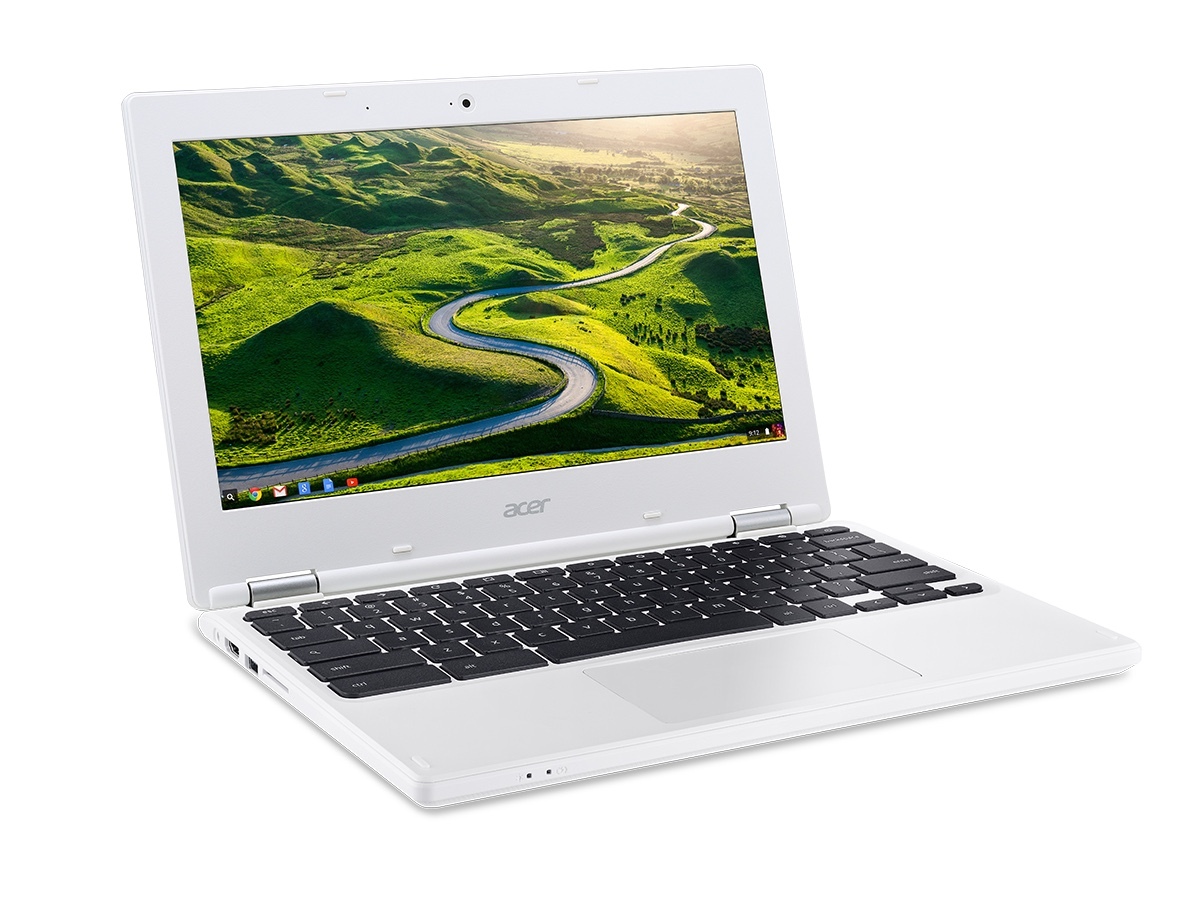
Acer isn’t always the brand to beat when it comes to captivating eye-candy of the laptop world, but its announcements at CES 2016 may just change that. The devilishly re-designed Chromebook 11 carries an aluminium alloy cover and crosshatch styling, coupled with a quad-core Celeron chip and 2GB of RAM. It’s hardly revolutionary, but its refreshing to see form and function fielded in harmony.
Those in the market for power over prettiness need look no further than Acer’s TravelMate P648, a carbon-construction carrying the latest Intel chips and designed to withstand the worst of a life on the road, whilst the addition of Intel’s RealSense smarts to the Aspire V Nitro Black Edition signals the arrival gesture-based gaming.
Hybrid hardware hasn’t been forgotten, either, with Acer unveiling the Aspire Switch 12 S, an aluminium transformer tablet toting a 4K display. Finally, Acer’s Chromebase 24 is a 23.8in desktop running ChromeOS on proper Intel Core chips, which should make for some seriously slick surfing.
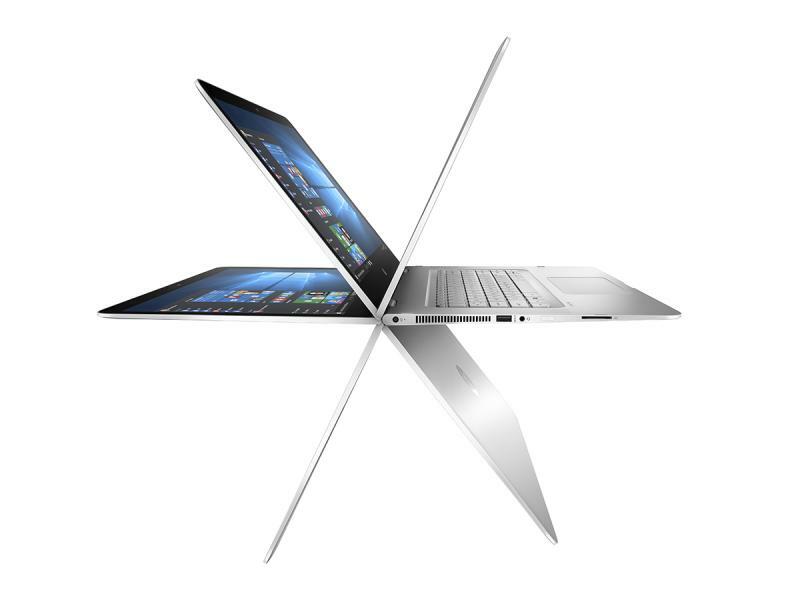
HP has welcomed in the New Year by unveiling some seriously hi-res range-topping hybrids. Its Spectre x360 range has been specced up with OLED and 4K displays, including an entirely new 15in model alongside the existing convertible 13.3-incher – both of which are impressively thing and lightweight.
Keeping the hybrid end up, Lenovo has unwrapped its Yoga 900S. Marketed as “the World’s thinnest convertible laptop”, its watchband hinge delivers a dose of geared style to the slim-and-light computing contest, with a battery life and core performance to match.
Not the newest thing in face-shaving tech, Razer has released its Blade Stealth, a thin, light and seriously powerful ultrabook with optional graphics box for amped-up gaming. Speedy as a standalone with an i7 chip, plug in the peripheral to play on any dual-width, full-length card you choose.
The categories
Hi-fi and audio
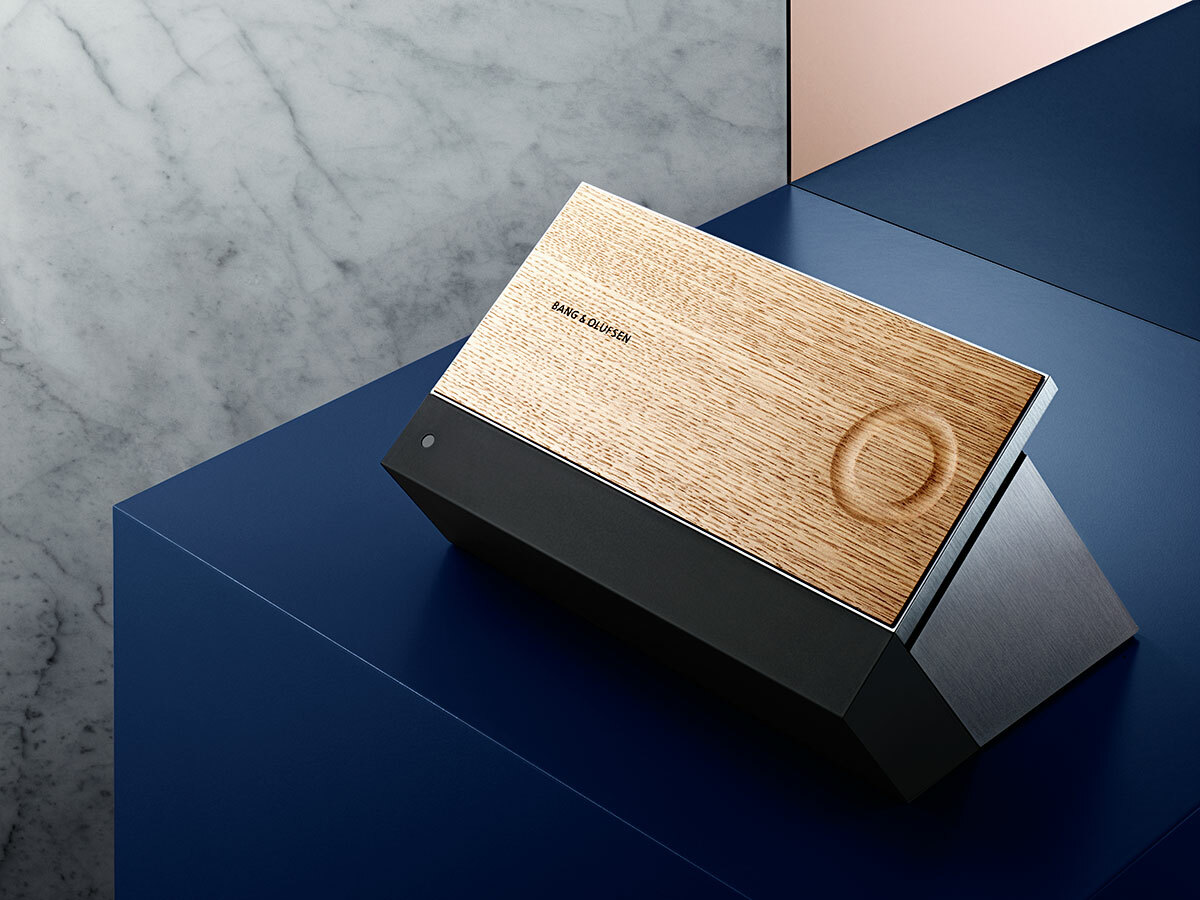
Under Armor has leapt onto the fitness tech bandwagon, unveiling a collaborative effort with JBL in the form of the aptly-named UA Headphones Wireless Heart Rate. Sweat-proof and sweet-sounding, Twistlock tech means they’ll stick fast as you stride – which, with a bundled 12-month MapMyFitness membership, you’ll certainly want to do.
Not content without announcing audio hardware of its own, JBL has also unveiled two new bluetooth boomers. The waterproof Clip 3 is a puck-shaped portable player that’ll handily hook onto just about anything with its in-built carabiner. The Charge 2 totes more traditional styling with multi-room abilities – though it’s still completely waterproof and packs a mammoth 6000mAh juice pack.
Libratone has delivered a style update for its Zipp multi-room bluetooth speakers – and its a doozy. Significantly sleeker than the already attractive original, the Copenhagen Edition pairs aluminium with Italian wool for a 360-degree design delight. Fancy coordinating with the furniture? There’s a collection of covers available, with appropriately delicious names: Raspberry Red, Salty Grey, Pepper Black and Steel Blue.
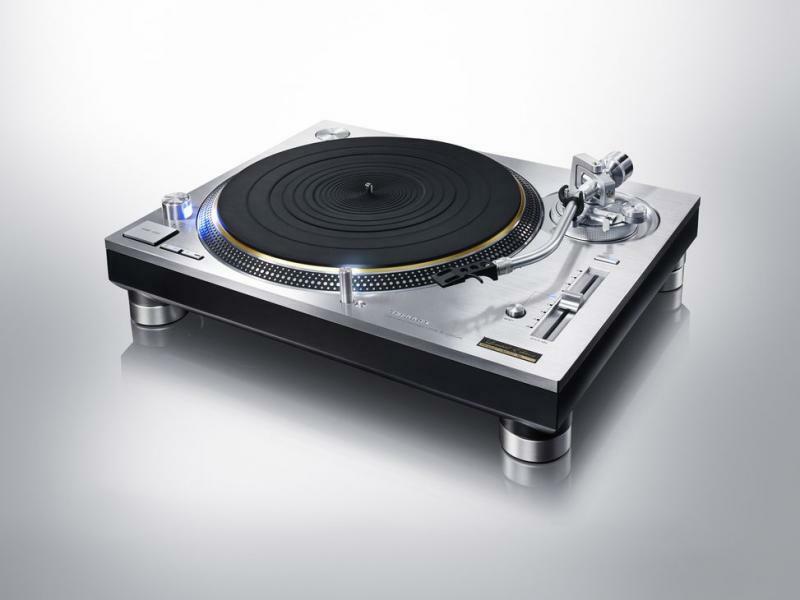
The vinyl resurgence is alive and well – at least according to Technics. It unveiled two new versions of its classic SL-1200 turntable – the G and limited edition GAE – which eschew iron cores in favour of computer controls and a high-dampening tonearm for slip-free sounds.
Not to be outdone, Sony, too, has jumped on the turntable bandwagon with the release of the PS-HX500. Analogue audio meets hi-tech, this “premium” vinyl spinner can record tunes from your treasured collection to high-res audio files for on-the-go enjoyment. Equipped with an anti-skating device and insulating, resonance-killing components, jitter and vibration should be things of the past.
It’s not all physical kit at CES: Qualcomm has announced the new aptX HD codec, the latest version of its Bluetooth standard – and it’s seriously exciting. It’ll support 24-bit HD audio support and is available immediately. Hooray! Unfortunately, the products capable of pumping aptX HD to your ‘phones and speakers aren’t available yet, and the inherent restrictions of Bluetooth bandwidth mean there will still be some compression. Boo.
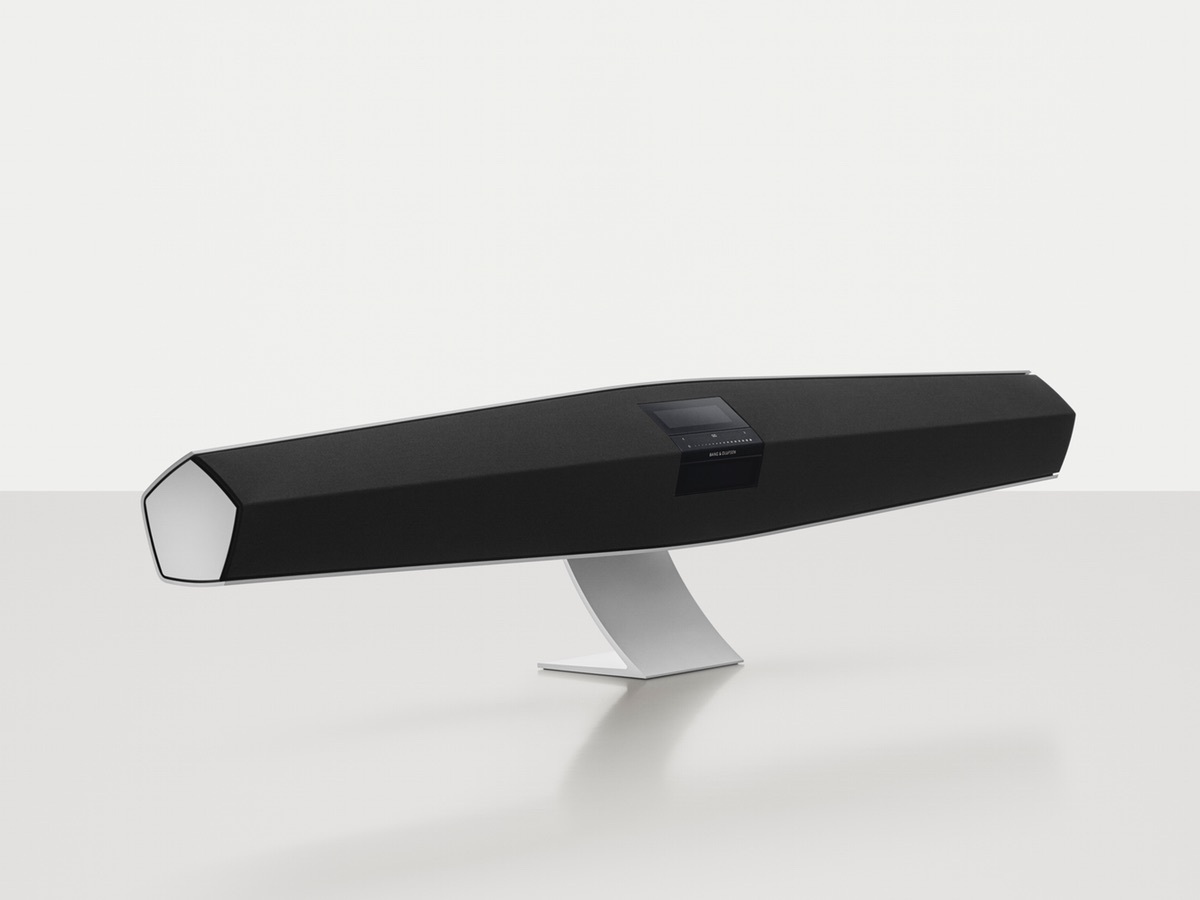
Bang and Olufsen‘s newly-announced BeoSound 35 – part of a range of new sublime speakers – has brought some Star Destroyer styling to the single-speaker party, with a smart all-in-one Bluetooth boombox that delivers 180-degrees of delightful audio, wherever you plonk it. Better still, it talks directly to the likes of Spotify and Deezer for phone-free streaming.
Meanwhile, Samsung has blown the roof off with the announcement of its 5.1.4-channel Atmos soundbar, an under-telly titan with wireless rear speakers that delivers the closest thing to cinema sound without shelling out for a ticket and popcorn.
Cubular wireless sound has received a shoebox-sized amping-up in the form of Naim‘s newly-announced Mu-so Qb – a 300W multi-driver box capable of well and truly pumping the proverbial socks off nearby listeners. With streaming support for almost any format, alongside Airplay, Spotify Connect and internet radio connectivity, the Qb goes on sale in March for £595.
First unveiled at IFA 2015, Philips has been demonstrating its Izzy multi-room wireless speaker range – including a number of new additions. From the BM50 (a 40W bass-boosted boomer) to the single-tweeter, double-woofer BM7 and the happy-to-be-carried splash proof BM6, all will play nicely over Bluetooth together when they hit shelves as a complete range come May.
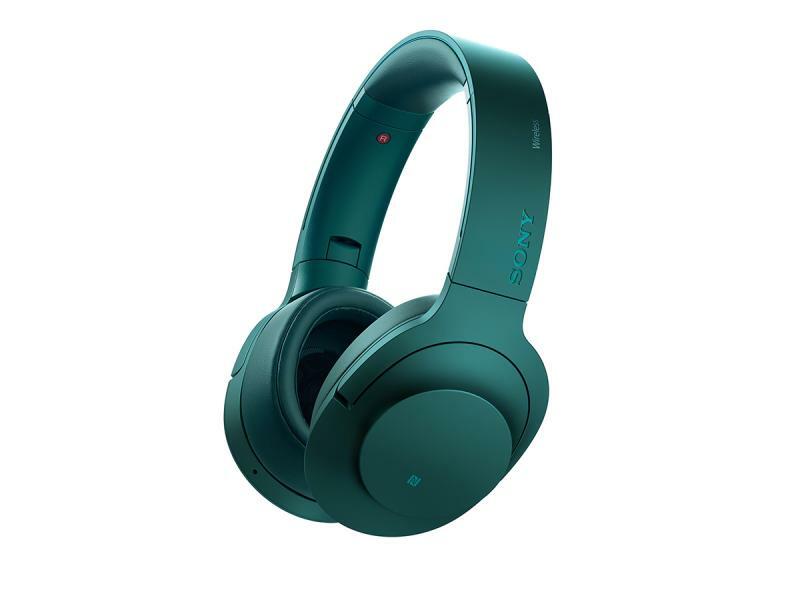
Headphones haven’t been forgotten, either: Sony has punctuated its press releases with the h.ear Wireless NC headphones – Hi-Res audio compatible cans that should do justice to the favourites in your Flac collection.
Altec Lansing has revealed its DVR over-ears – complete with integrated action camera. Yep: as well as wirelessly streaming sounds to your canals, its clever cans can capture 1080p footage at 30fps, for a DJ’s-eye view of the decks.
After some high-end headphones? Audio-Technica‘s latest line-up is all about quality. Its Art Monitor range packs massive 53mm drivers, complete with reinforced carbon coatings to keep tracks distortion-free, crisp and clear. The titanium-toting ATH-2000Zs happen to look pretty darn sharp, too.
You can’t beat a bit of bass, and in-ear ‘phones don’t get much bassier than Philips‘ newly-unveiled HX1s, plushly fitted with pulsating blue LEDs. Thankfully, the blinding lights can be dimmed when its time for a post-rave chill-out.
The categories
Cameras
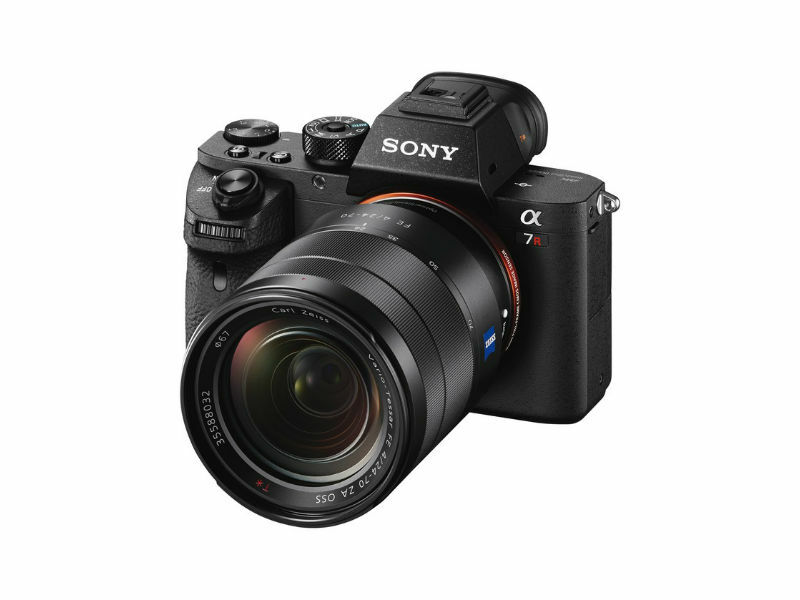
CES staple and snap-happy manufacturer Nikon has kicked things off at the camera circus with a raft of product announcements. Its D5 DSLR was revealed as a full-format, 20.8 megapixel monster and the company’s first to shoot 4K video. The properly-premium shooter also packs an impressive maximum ISO of 3,280,000 – and will set you back £5200.
For the mid-range market Nikon has taken the wraps off the D500, follow-up to the D300s. Equipped with 4K recording abilities, its 20.9 megapixel, 153-point autofocus shooting system can happily snap at 10fps, whilst SnapBridge smarts allow bluetooth smartphone connectivity. It’s set to hit shelves priced at £1800 (body only).
The Japanese manufacturer also managed to turn heads with its announcement of the KeyMission: a 4K, 360° action camera set to square-off against GoPro’s gear. Waterproof to 30 metres and VR-ready, it carries NFC, Wi-Fi and bluetooth, for truly techtastic tumble-proof footage.
Nikon isn’t the only marque to unveil new action cameras: Sony’s rugged recorder range has been re-designed with better button layouts, improved image stabilisation and upgraded lens tech. For less adventurous videographers, Sony has also stuck 4K capabilities into its standard camcorder range – with the FDR-AX53 packing an Ultra HD sensor with 1.6x the pixel size of a typical Handycam.
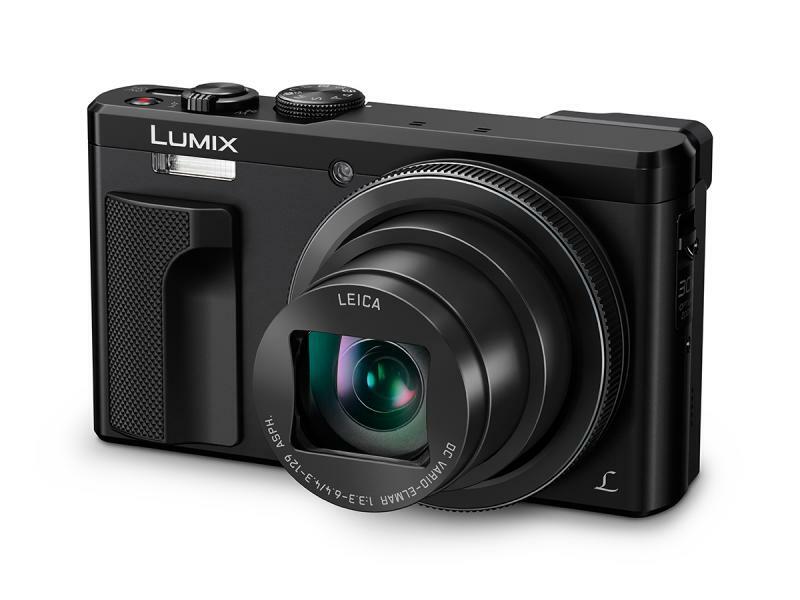
You wait months for 4K-equipped camera kit then, well, several such shooters come at once. At the biggest tech show of the year. Oh. Anyway, Panasonic has lifted the lid on its TZ100 and TZ80 compacts, both of which can capture footage in UltraHD at 30fps – without the ultra price tag. The 80 will set you back £389 when it arrives in February complete with 30x optical zoom and 3in 1040k-dot touchscreen – making it the cheapest 4K compact around. Those after a little something more can shell out £529 on the TZ100, which will bag them a 20MP 1in sensor and electronic viewfinder, alongside the same 4K capabilities and touchscreen tech.
One company we wouldn’t count on showing off new cameras is Samsung, which is strongly rumoured to be pulling out of the UK digital camera business altogether. There could be some US product news, however: Mirrorless Rumours has been tipped off that Samsung will have a “major surprise” among its camera announcements. Samsung’s conference, as mentioned above, is taking place at 9.30pm UK time on 5 January.
Fancy a blast from the cinematic past? Kodak has taken the covers off the legendary Super 8. Or, rather, an updated, somewhat sleeker version. It still uses the same film cartridges as the original back in the 60s, but, this time, you can simply send off your well-framed shots to Kodak and it’ll upload your developed Spielberg attempts straight to the cloud.
The categories
Automotive
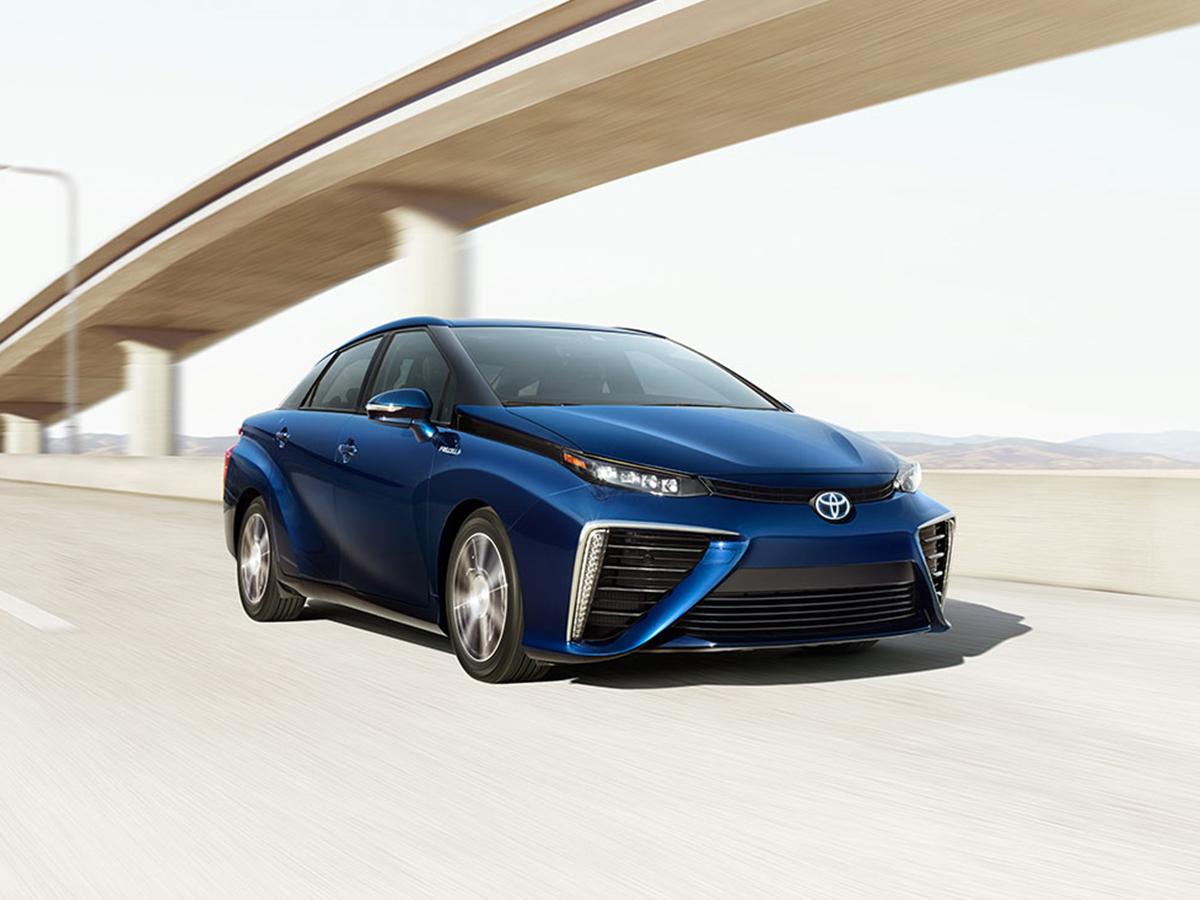
Believe it or not, CES has become something of a car show as well as a gadget show. Big name motor manufacturers have marked it out as the perfect venue for showing off the bleeding-edge electronic tech going into their latest vehicles.
First of the motoring bunch to break cover is Ford, with CEO Mark Fields throwing some shade in Tesla’s direction as it announced an expansion of its autonomous vehicle testing fleet, which will see it become the auto industry’s largest. The car giant also heralded the availability of Apple CarPlay and Android Auto on all 2017 cars featuring its Sync 3 infotainment tech, as well as impending Amazon Echo implementation.
We’ve already seen Volvo recruit Cortana for in-car voice controls: you’ll be able to speak into your Microsoft Band 2 to set the sat-nav, lock the doors, start the heater, flash the lights or sound the horn, with commands relayed through the Volvo on Call smartphone app.
You can expect to hear a lot about self-driving technology, of course, not only from manufacturers such as Mercedes, Toyota and Kia but also from technology companies such as Qualcomm and Nvidia. The latter two are chip makers, we know – but they’re heavily involved in autonomous car development due to the sheer amount of processing power required to make the self-driving tech work.
This year’s show should also give us a first look at BMW‘s AirTouch, a new gesture-based in-car interface that allows drivers to control certain functions of their car without taking their eyes off the road or both hands off the wheel.
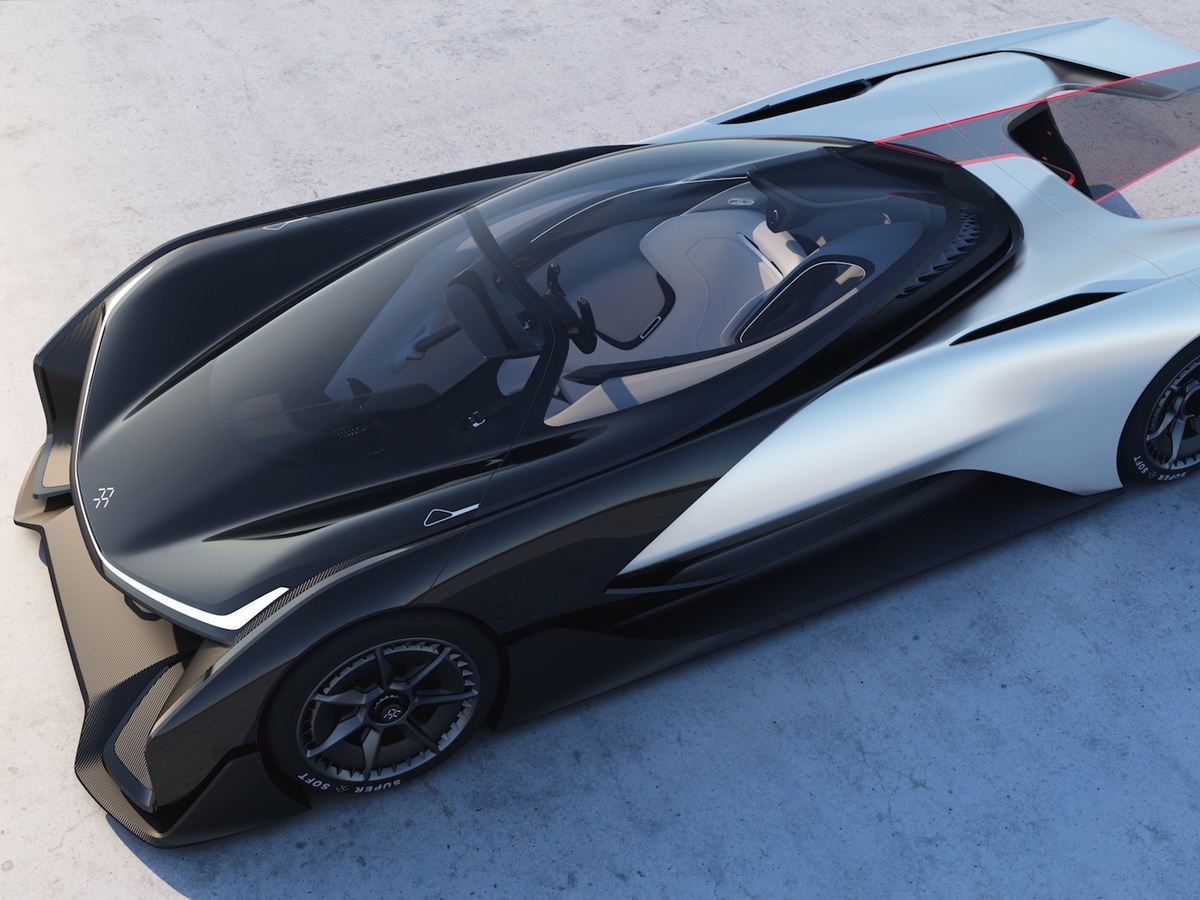
Not to be outdone in the EV stakes, newcomer Faraday Future‘s FFZERO1 racer has broken cover – and it’s quite the strikingly-styled stunner. Promising 1000bhp from four electric motors, the core of this track-focussed concept is its Variable Platform Architecture, complete with modular battery tech, which will be the foundation of future road-going Faraday vehicles. Despite unveiling an eclectic electric wonder-car, though, the company is insistent that Tesla isn’t a rival…
Still intent on delivering EV wizardry to the motor-buying masses, Chevrolet has unveiled its 2017 Bolt, the production model of the concept we saw last year. Far less futuristic and lacking the sleek sloping glass atop its lid, a 200 mile range and US$37,500 price tag should more than make up for its less-than-Tesla styling.
The categories
Best of the rest…
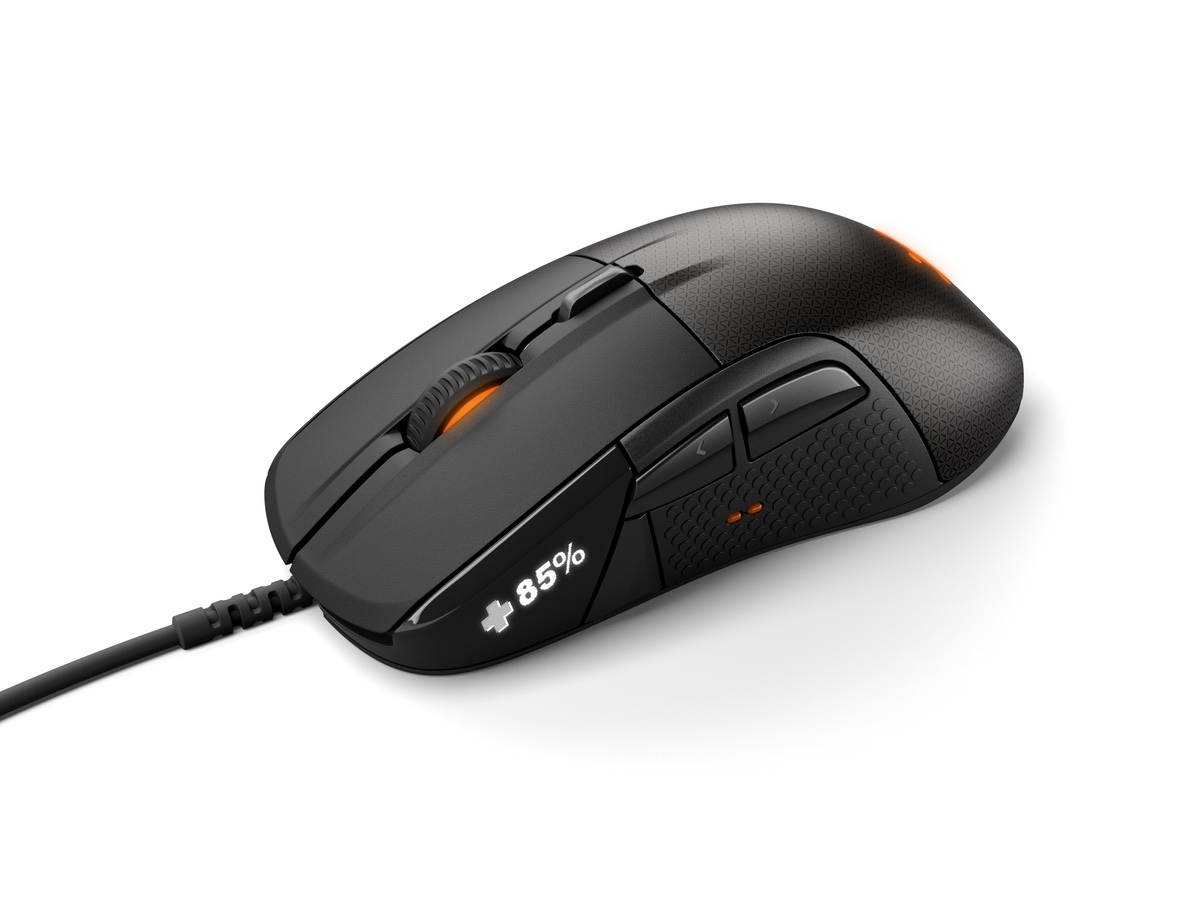
With all this talk of TVs, tablets and wearable tech, it’s easy to forget that most fascinating facet of wish list wonder: the humble – or not-so-humble, as the case may be – accessory. From docks and droids to stylii and mice, CES 2016 promises a plethora of pretty peripherals.
Steel Series, makers of gaming gizmos around the globe, has announced its Rival 700 mouse. Carrying a customisable OLED display (because, why not) that displays game-relevant graphics, the 7-button ergonomic clicker also carries swappable components and delivers tactical alerts straight to the palm. Hitting shelves in Spring 2016, it’ll set you back €110.
Brydge has revealed two new table-top tappers for the iPad Pro and iPad Mini 4 – labelled the BrydgePro and Brydge Mini. Built from aluminium, with backlit keys, a three month battery life and an ingenious hinging mechanism, the patented ‘Pad peripherals promise a keytastic blend of productivity and portability, and are set to ship in the first quarter of 2016.
Steve Jobs may have decried the humble stylus, but Wacom‘s latest Windows pen puts the premium into fine-nib inputs. The Bamboo Smart, compatible with selected Windows 2-in-1 kit and saviour of digital sketchers everywhere, uses Active Electro-Static tech for properly precise pointing, with two programmable buttons on the barrel for effortless interaction. Not one for those with pet pandas.
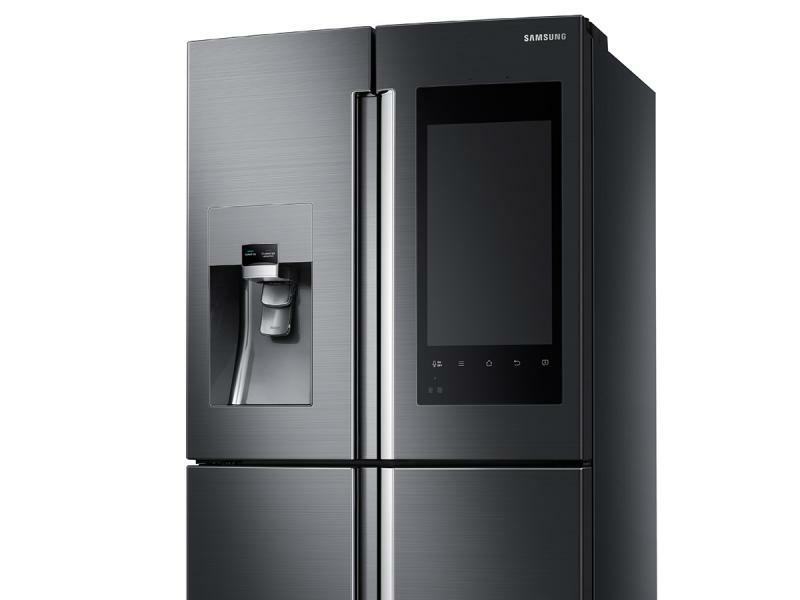
Sick of its mainstream tech getting all the attention, Samsung has decided that 2016 is the year of the smart fridge. Despite LG’s valiant but unsuccessful efforts at clever cooling in 2011, Samsung is hoping its newly-announced Family Hub Refrigerator, complete with internal cameras, smartphone connectivity and an app for on-fridge food ordering, will be the next-big-thing in connected kitchen tech.
From one fridge to another, Smarter‘s opened the door on its Fridge Cam, a connected in-the-chill snapper that keeps track of your chiller contents so you don’t double-up on the shopping. It also revealed the Mat and the Detect, both designed to take the tech to kitchen admin.
Sphero has indelibly etched its name into Star Wars spin-off history with the BB-8 whizzaround toy – and now the manufacturer is channelling the power of the Force into its spherical success. Forget smartphone controls: a prototype motion controller will now let you pilot the BB droid with a gyroscopic wrist attachment – dubbed the Force Band – programmed to recognise gestures, set to arrive in Autumn.
In the ongoing drone wars, Parrot has pulled the covers off a brand new, 50mph high-flier. Allegedly uncrashable thanks to on-board autopilot and styled like a Stormtrooper’s plaything, a throw-to-launch approach makes it one mean remote controlled machine.
Elsewhere, Yuneec demonstrated its Typhoon H: a 4K-recording, US$2000 drone that dodges moving objects thanks to integrated Intel RealSense technology.
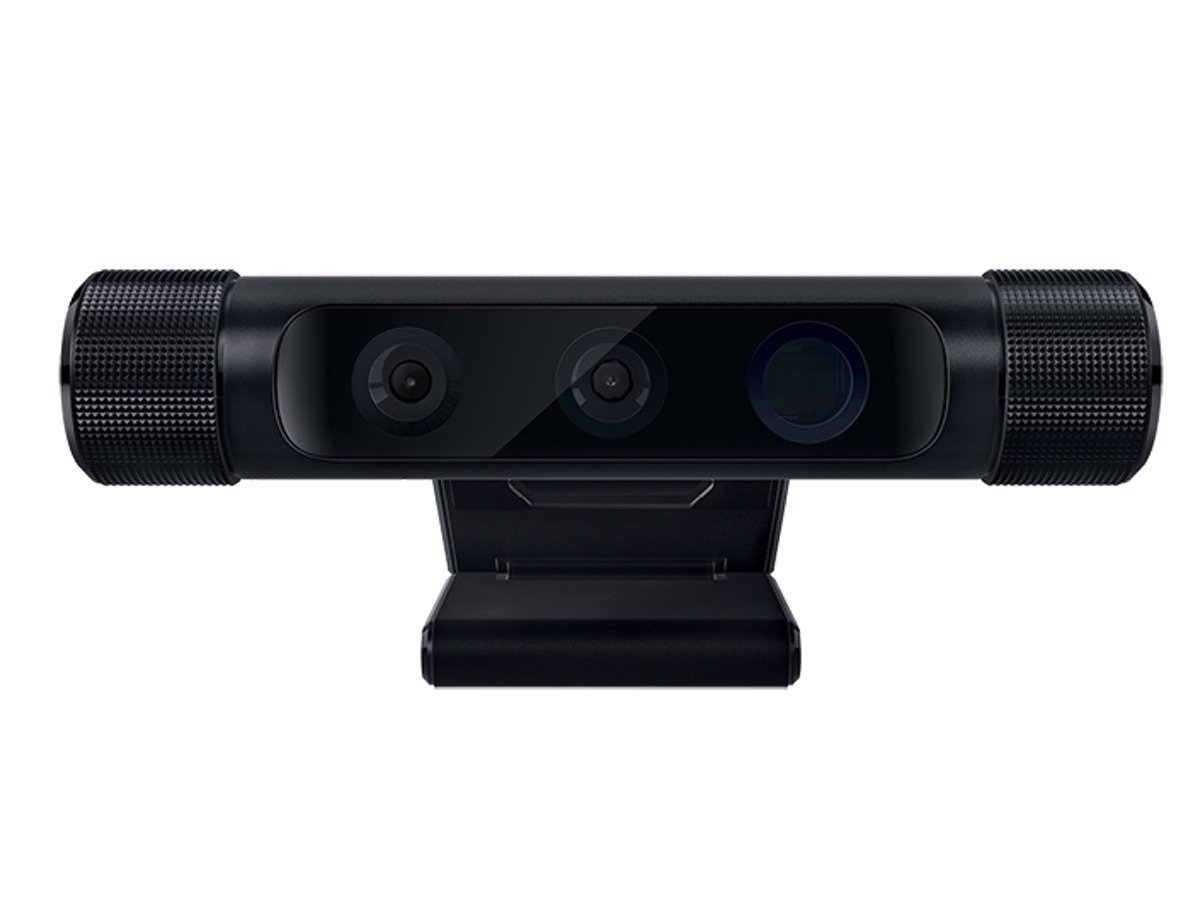
Good news for gamers: Razer has unveiled its scarily smart Stargazer, a webcam with integrated Intel RealSense tech that’s able to tell button-mashing subjects from their bedroom backgrounds using depth-sensing skills. It’ll also capture frustrated frowns in 720p at 60fps, as well as eliminating fuzz with automatic noise-cancelling and – here’s the kicker – it can even 3D scan your favourite objects for future insertion into games.
The categories

